Red light therapy (RLT), also known as photobiomodulation (PBM), low-level laser therapy (LLLT), or low-power laser therapy, has gained significant attention for its potential to alleviate muscle pain, enhance recovery, and improve athletic performance. This non-invasive treatment uses specific wavelengths of red and near-infrared light to penetrate the skin, stimulate cellular activity, and promote healing. But can it truly help with achy muscles?
How Red Light Therapy Works for Muscle Recovery
Red light therapy involves exposing the body or specific areas to red or near-infrared light, typically in the wavelength range of 630 to 850 nanometers. As explained by Cleveland Clinic, “Red light therapy (RLT) is a treatment that uses low levels of red light to reportedly improve your skin’s appearance, like reducing wrinkles, scars, redness and acne. It’s also touted to treat other medical conditions.” For muscles, the therapy targets mitochondria, the energy powerhouses of cells, to boost adenosine triphosphate (ATP) production, which fuels cellular repair and regeneration.
According to Dynamic Spine and Sport, “Red light therapy for muscle recovery penetrates deep into your muscles and tissues. It sends light energy to your cells to give them a boost. This extra energy helps your cells repair and recover faster. The process improves blood flow and brings fresh oxygen and nutrients to the area. At the same time, it calms inflammation and reduces pain.” This mechanism makes it particularly effective for soothing achy muscles, whether from intense workouts, injuries, or chronic conditions.
Main Line Health further elaborates, “Red light therapy uses photobiomodulation, which is a low-level laser therapy that delivers red and near-infrared light to areas of your body. In doing this, it helps regenerate (or grow back) cells, restore cell function and trigger blood flow. In turn, this helps to heal and relieve pain.” The therapy’s ability to relax muscles and reduce inflammation directly addresses the discomfort associated with muscle soreness.
Benefits of Red Light Therapy for Achy Muscles
1. Reduces Muscle Soreness and Fatigue
Red light therapy is particularly effective for combating delayed-onset muscle soreness (DOMS), the stiffness and pain that often follow intense exercise. Marathon Handbook notes, “Because inflammation is at the root of muscle soreness, joint stiffness, and discomfort after exercise, red light therapy after a workout may help alleviate the severity of delayed-onset muscle soreness (DOMS) and post-exercise discomfort.” By reducing inflammatory markers and oxidative stress, RLT helps muscles recover faster, allowing athletes to train more frequently.
Dynamic Spine and Sport adds, “Sore muscles, especially after a workout, can make you feel stiff and tired. Red light therapy for muscles helps by breaking down lactic acid, a common culprit of soreness. It also relaxes your muscles, reducing tension and discomfort. You can think of it as a spa day for your muscles.”
2. Speeds Up Muscle Repair
RLT accelerates the healing of damaged muscle fibers, making it a valuable tool for both athletes and those with muscle injuries. As Bontanny explains, “Light therapy enhances blood flow to the muscles, ensuring a better supply of oxygen and nutrients. Improved circulation helps in the removal of metabolic waste products like lactic acid, which can cause muscle fatigue and soreness.” This increased circulation supports faster repair of muscle tissue, reducing recovery time.
Krysus HP highlights a study of 395 injuries, stating, “This therapy’s ability to stimulate ATP production plays a vital role in tissue healing. By enhancing cellular energy, infrared light therapy speeds up the healing process of tendons, ligaments, and muscles. A study of 395 injuries found that light treatments sped up recovery by nearly 10 days compared to athletes who didn’t receive the treatments.”
3. Decreases Inflammation and Pain
Inflammation is a major contributor to muscle pain, and red light therapy’s anti-inflammatory properties are well-documented. Bontanny explains, “Red light therapy promotes cellular health by stimulating collagen production, strengthening hair and improving skin elasticity. Promotes connective tissue health by reducing inflammation, repairing damaged cells and increasing blood flow.” By calming inflammation and encouraging the release of endorphins—natural painkillers—RLT provides significant pain relief.
Women’s Health Magazine cites experts who note, “RLT has been found to change the expression of genes that lead to an inflammatory reaction, shifting them from a pro-inflammatory state to an anti-inflammatory one. It addresses pain by speeding up the healing process instead of just masking it.” This makes it a natural, drug-free option for managing muscle aches.
4. Enhances Athletic Performance
Beyond recovery, red light therapy can improve muscle performance, which indirectly helps prevent achy muscles. bontanny red light therapy states, “Hundreds of peer-reviewed clinical trials have shown that red light therapy promotes enhanced physical performance. This includes improvements in strength, speed, and endurance; faster muscle recovery after strenuous workouts; and faster return-to-play after injury.” Using RLT before workouts can precondition muscles, reducing the risk of soreness and injury.
A study cited by Marathon Handbook found that “pre-workout red light therapy was found to increase both relative and absolute VO2 max, time until exhaustion, and anaerobic threshold during maximal-effort exercise testing.” This suggests that RLT not only aids recovery but also enhances muscle endurance, potentially reducing post-exercise soreness.
Practical Applications and Usage Guidelines
Red light therapy can be administered in clinical settings or at home using FDA-approved devices such as masks, beds, or handheld panels. WebMD notes, “There are many different types of red light therapy devices, some of which can be used at home. But home devices are usually less powerful than those used in clinics and may be less effective or take longer to work.” For optimal results, professional-grade devices or treatments at specialized centers may be preferred.
Vital Red Light provides specific guidance: “Use red or near-infrared (NIR) therapy alone or in combination for 3-5 minutes immediately prior to exercise to precondition the muscles and prevent injury. Immediately after exercise, bathe muscles in red or NIR light for 10-20 minutes to accelerate recovery.” Consistency is key, with sessions recommended 2-5 times per week depending on the condition being treated.
Dynamic Spine and Sport suggests, “For muscle injuries: 15 to 20 minutes, 3 to 5 times a week until healed. For chronic pain: 15 to 20 minutes, 2 to 3 times a week for several weeks. Note: Consistency is key. You need to follow a schedule that works for your needs and talk to a professional for personalized advice.”
Check out our other content:
- Red Light Therapy for Nail Fungus
- Red Light Therapy for Varicose Veins
- Red Light Therapy for Lymphedema
- What to Look for When Buying a Red Light Therapy Device
- What Do Dermatologists Think of Red Light Therapy?
Real-World Evidence and Testimonials
Anecdotal evidence from athletes and fitness enthusiasts supports the efficacy of red light therapy. A post on X by @aranseann reads, “It’s astonishing how effective it is. I have yet to loan my red light to someone and not have them tell me how successful it was. It always works for that soar muscle, that injured ankle, etc.” Another user, @GuardianTorah, shared, “I finally tried it after much research. Had a knee injury that just wouldn’t heal, and refuse surgery. Lots of evidence it works amazingly along side red light so blue and red light first time 60%better. In a week my knee was perfect. Back hiking everywhere.” While these testimonials are not scientific evidence, they reflect positive user experiences.
Frequently Asked Questions (FAQ)
Is red light therapy safe?
RLT is typically safe and painless. But there isn’t a clear consensus among experts as to whether RLT is good for cancer treatment. Minor risks include burns or blisters from overuse, and eye protection is recommended. Consult a doctor before starting, especially if you have medical conditions like cancer.
How soon can I expect results for muscle soreness?
Some benefits of PBMT can be felt immediately, such as reduced pain and swelling in an injured area.However, sustained results often require multiple sessions over weeks, as RLT is a dose-dependent treatment.
Does red light therapy work for chronic muscle pain?
Studies have shown that red light therapy is effective in reducing pain from arthritis, fibromyalgia, and other chronic pain conditions.Its ability to reduce inflammation and promote cellular repair makes it a promising option for chronic muscle pain.
Conclusion
Red light therapy offers a promising, non-invasive solution for achy muscles, supported by scientific studies and anecdotal evidence. By enhancing blood flow, reducing inflammation, and boosting cellular repair, RLT can alleviate muscle soreness, speed up recovery, and even improve athletic performance. Whether you’re an athlete recovering from a workout or someone managing chronic muscle pain, red light therapy could be a valuable addition to your wellness routine.

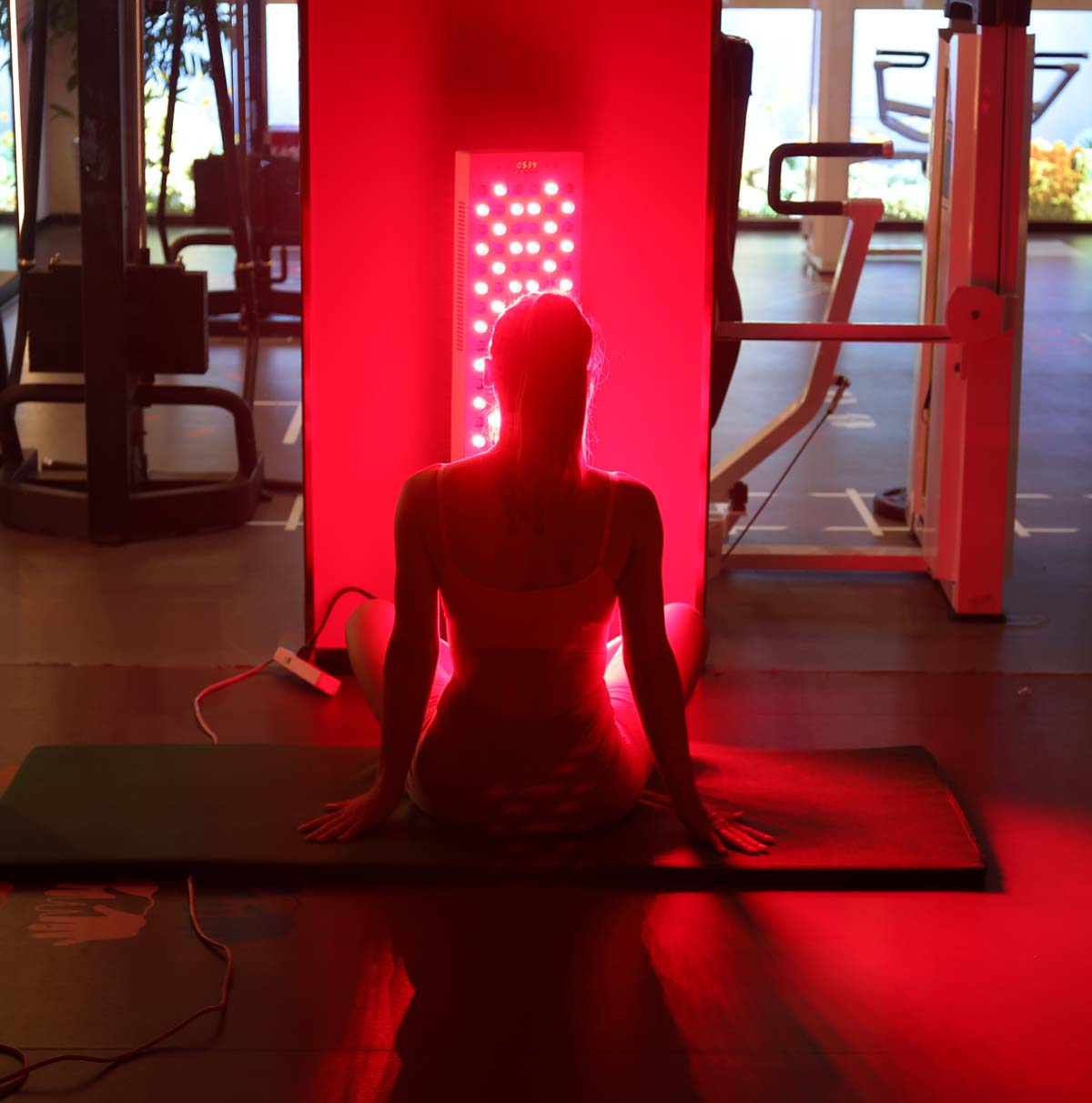
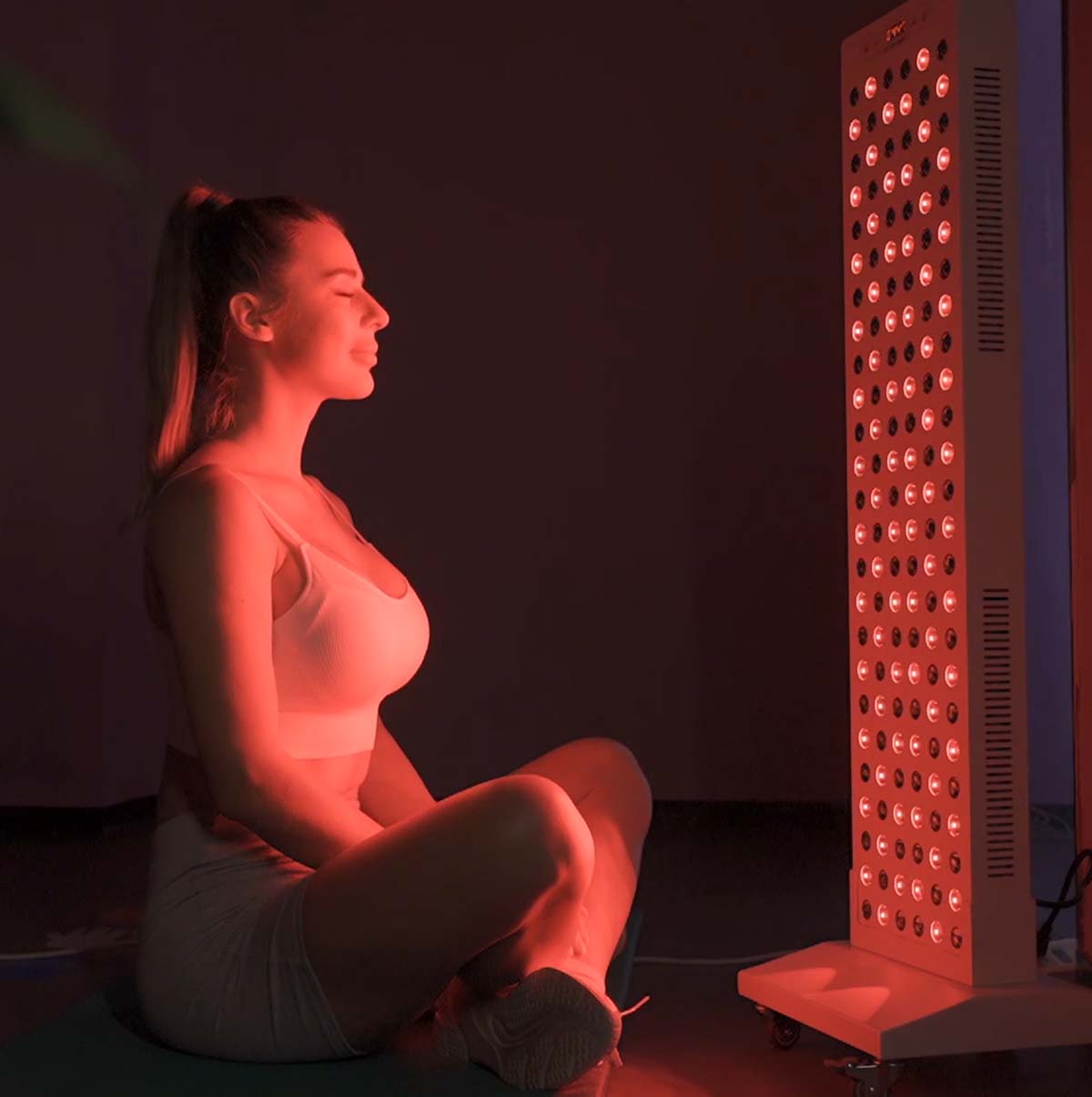
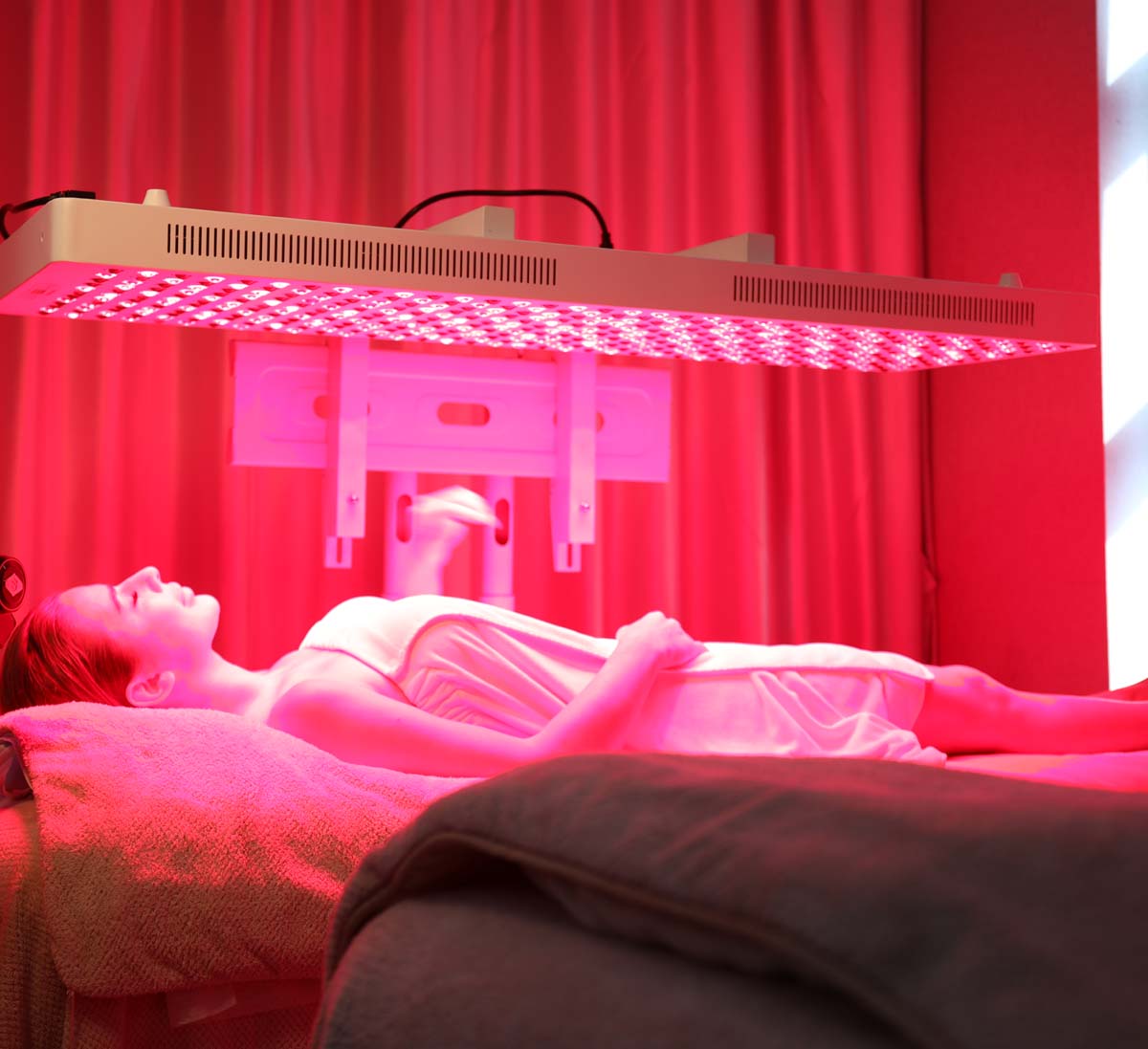
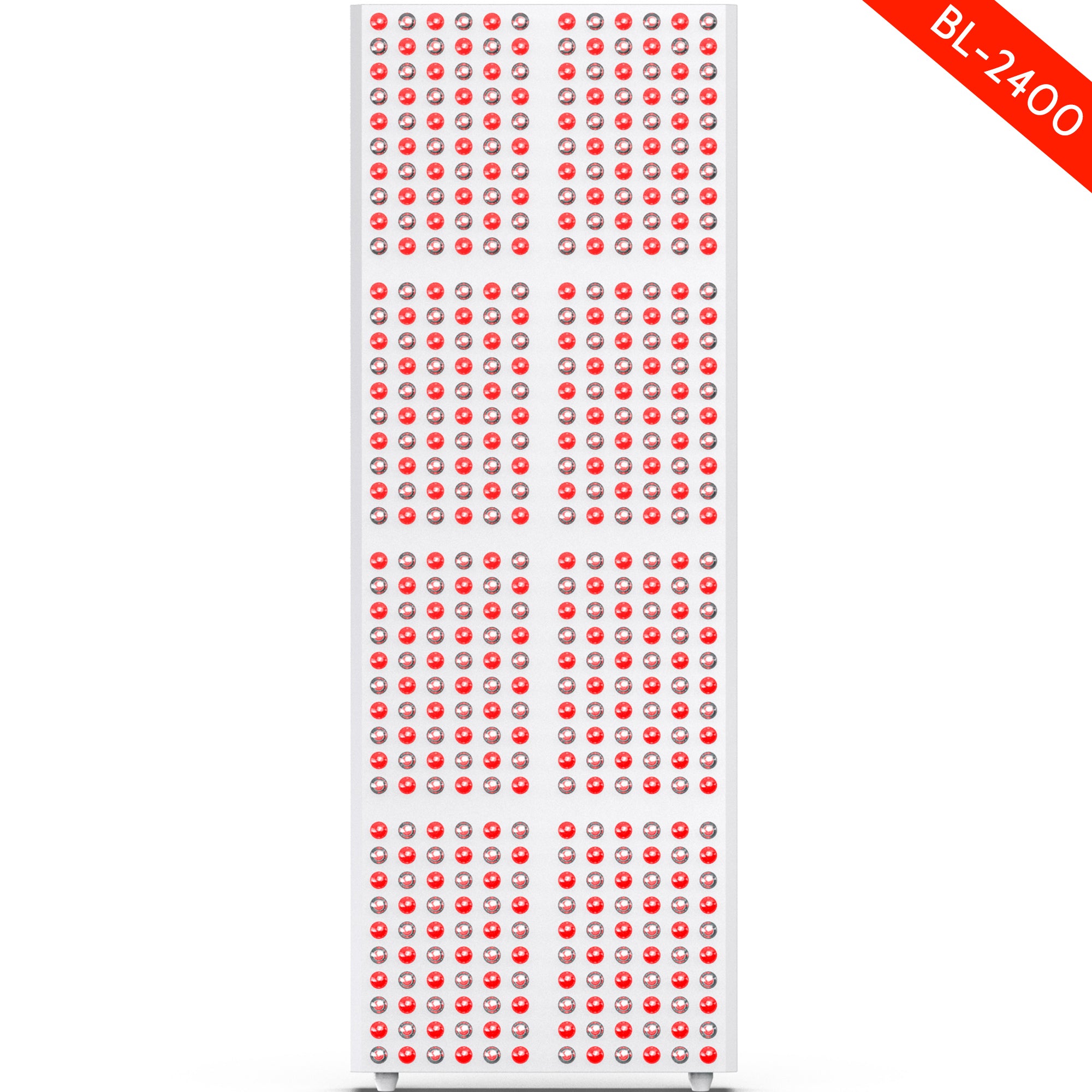
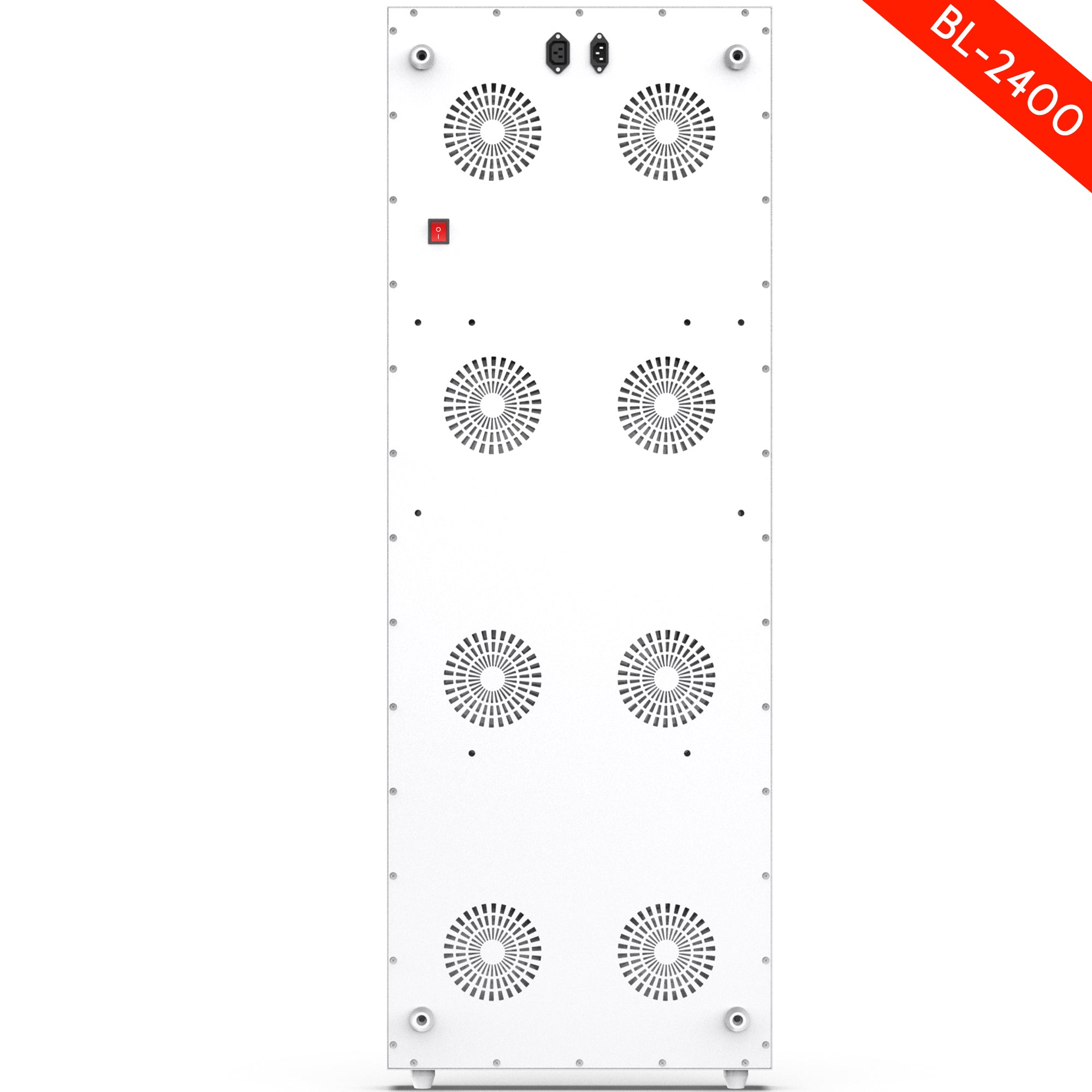
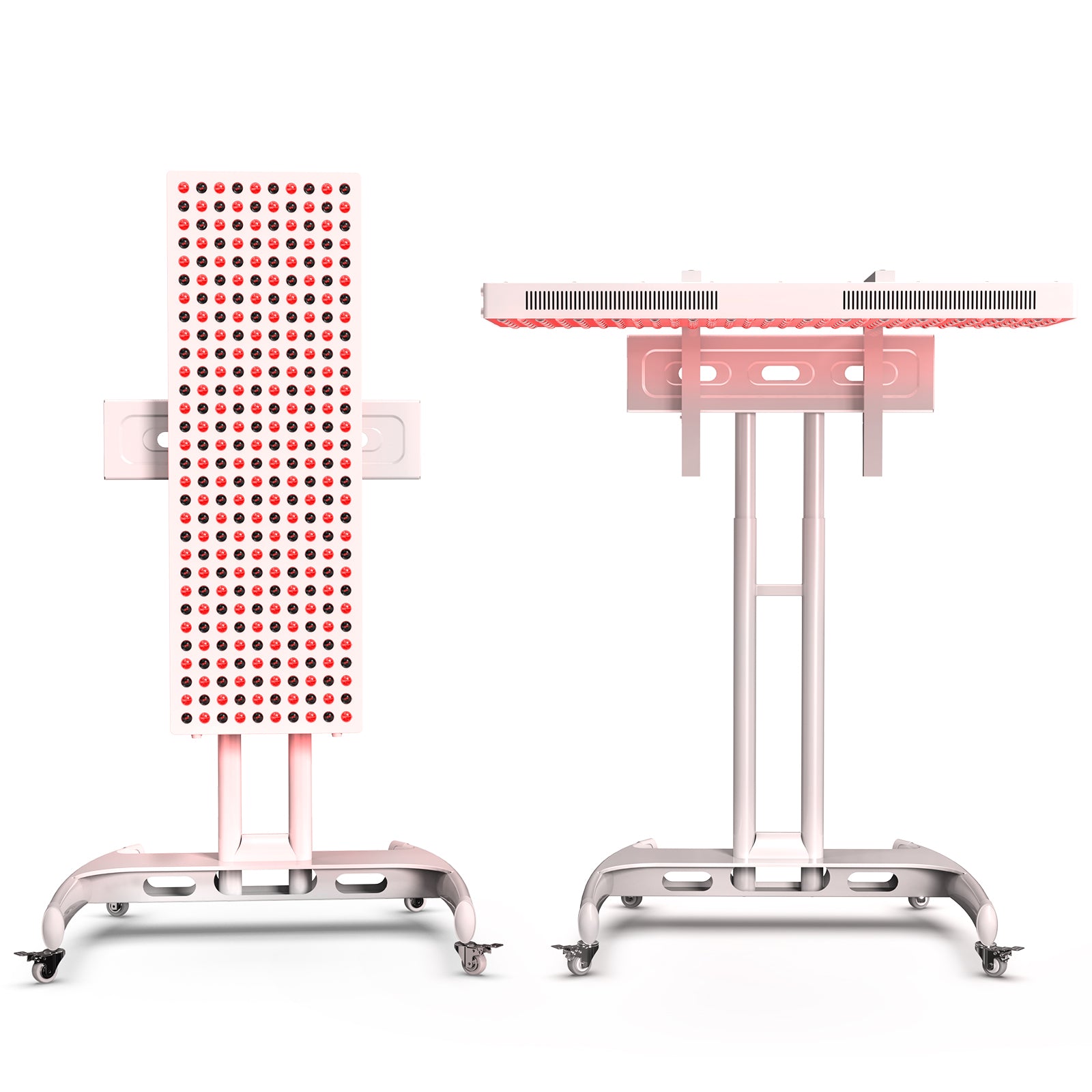
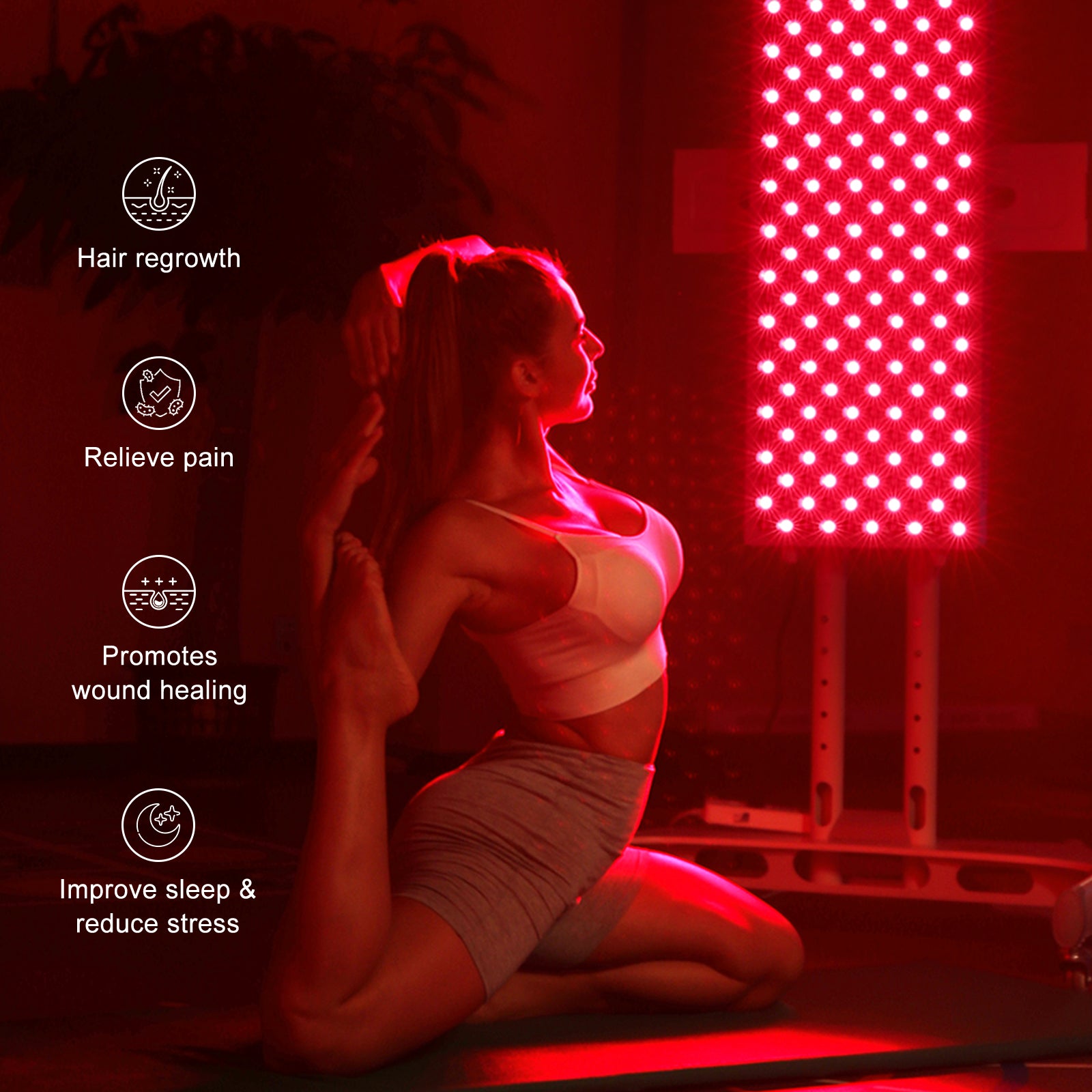
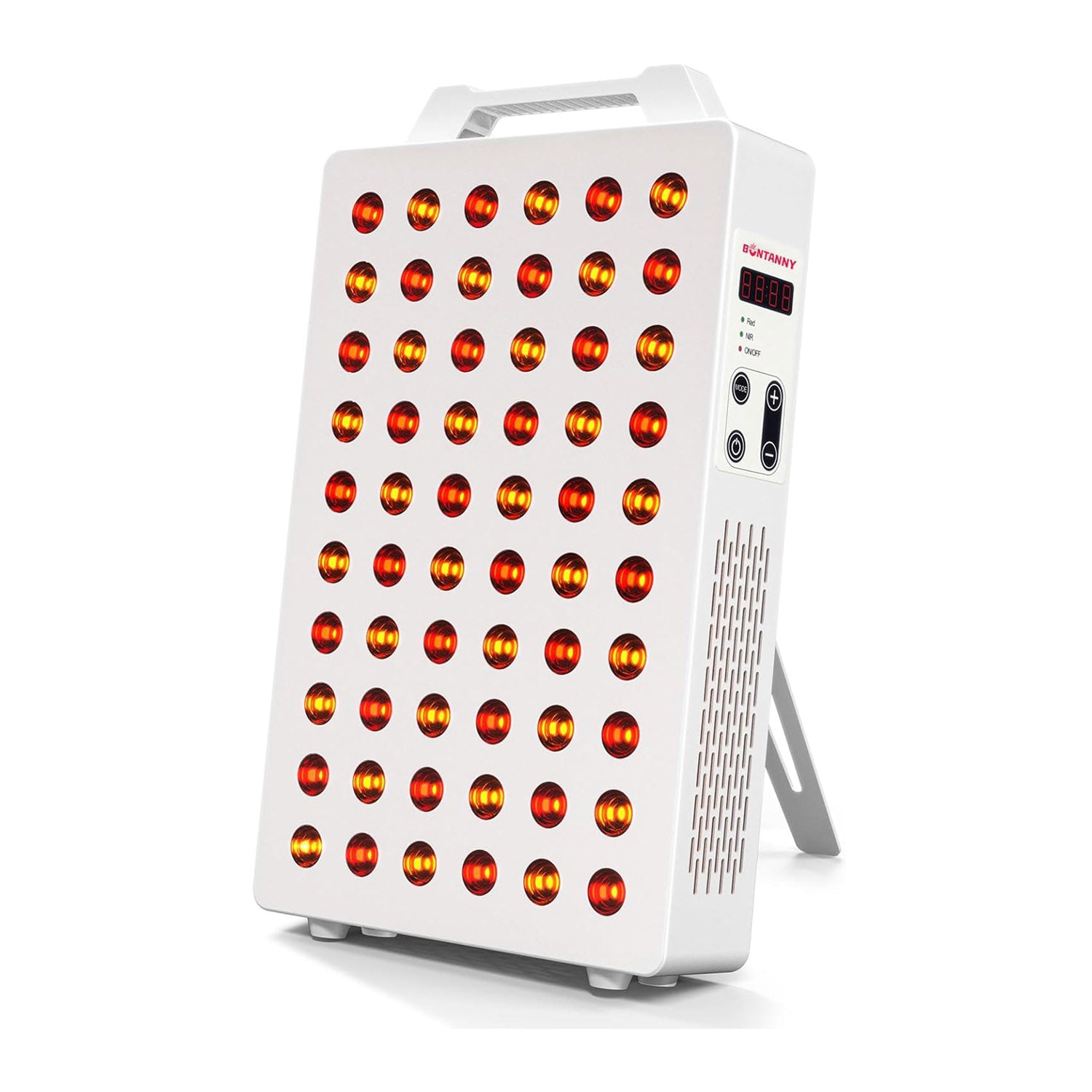
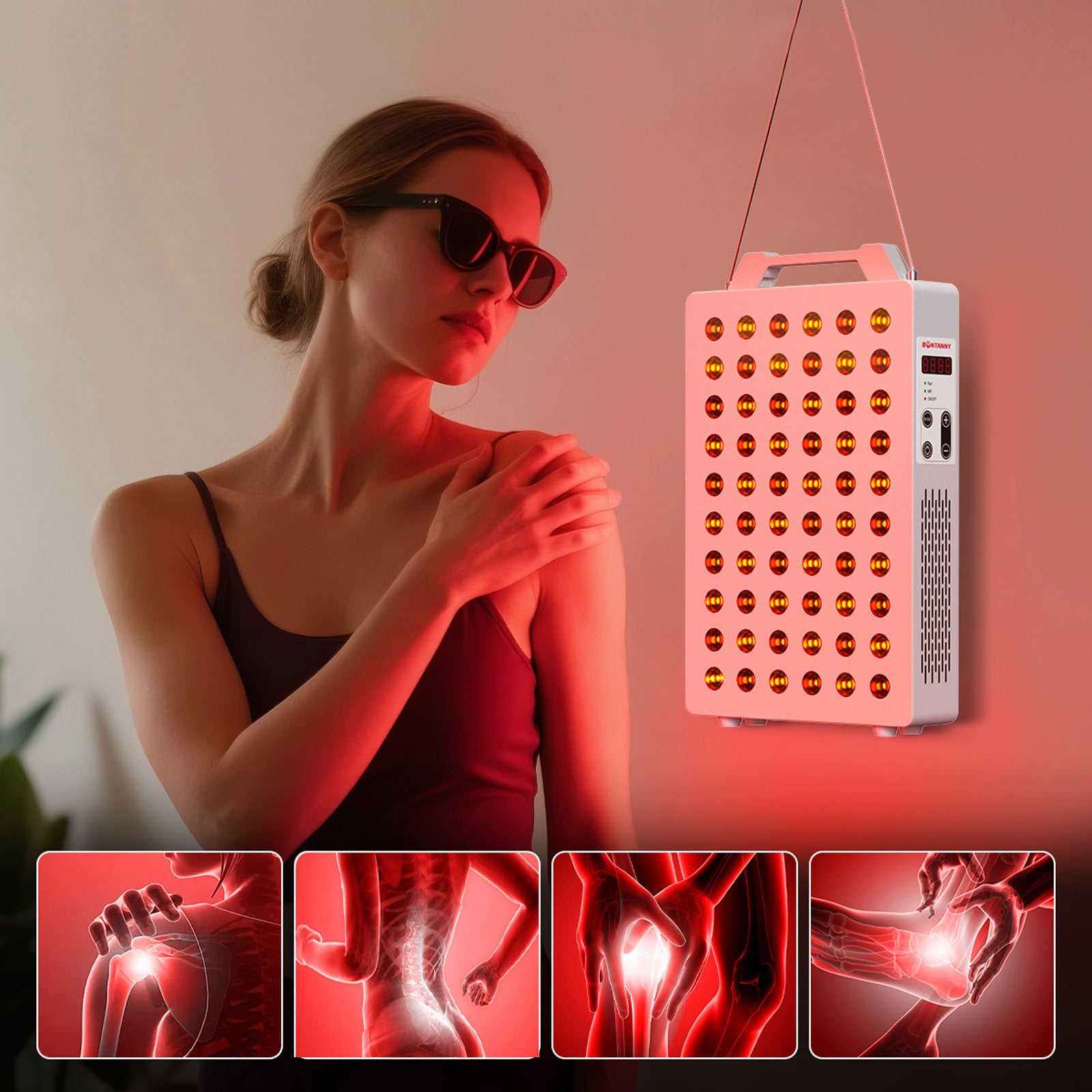
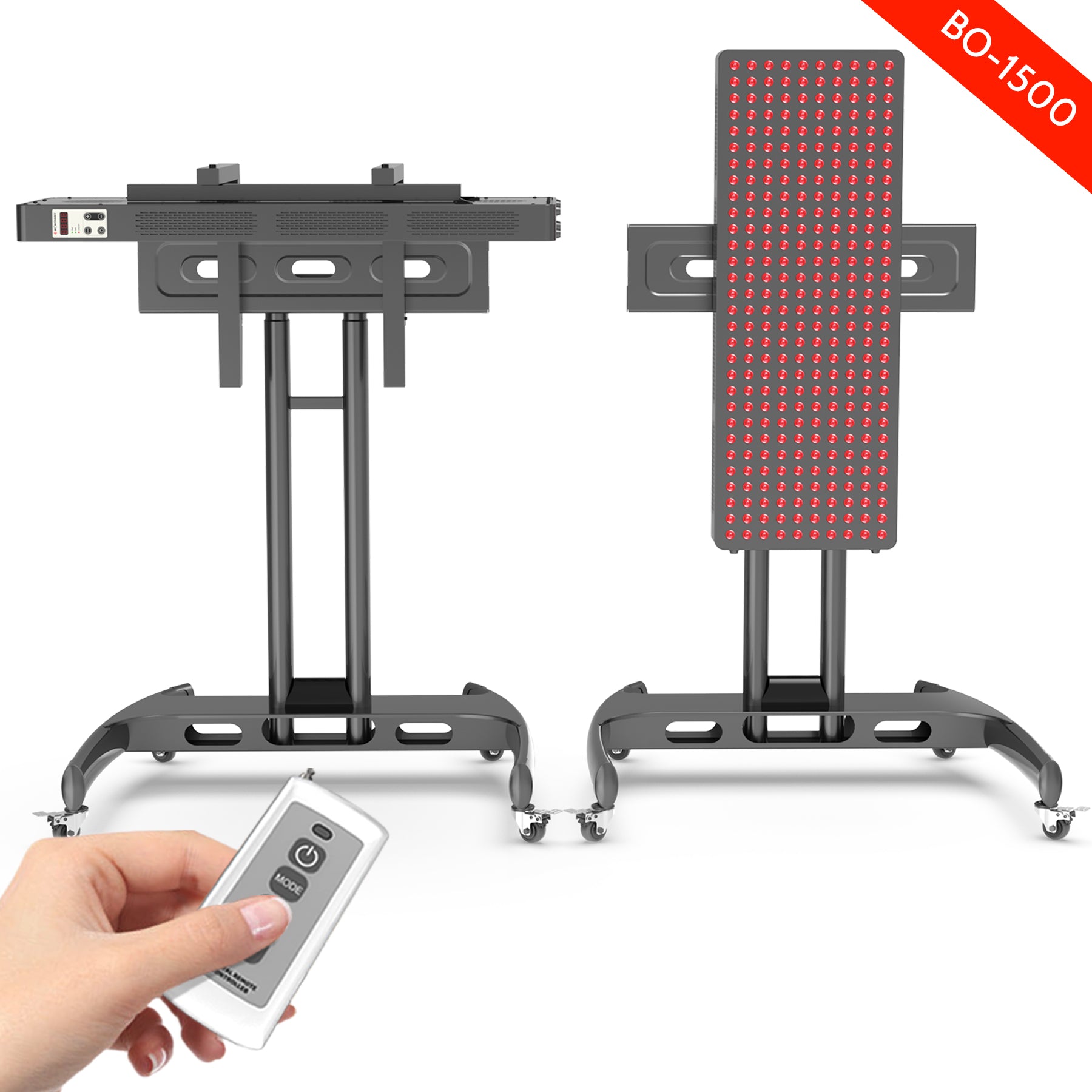

Leave a comment
This site is protected by hCaptcha and the hCaptcha Privacy Policy and Terms of Service apply.